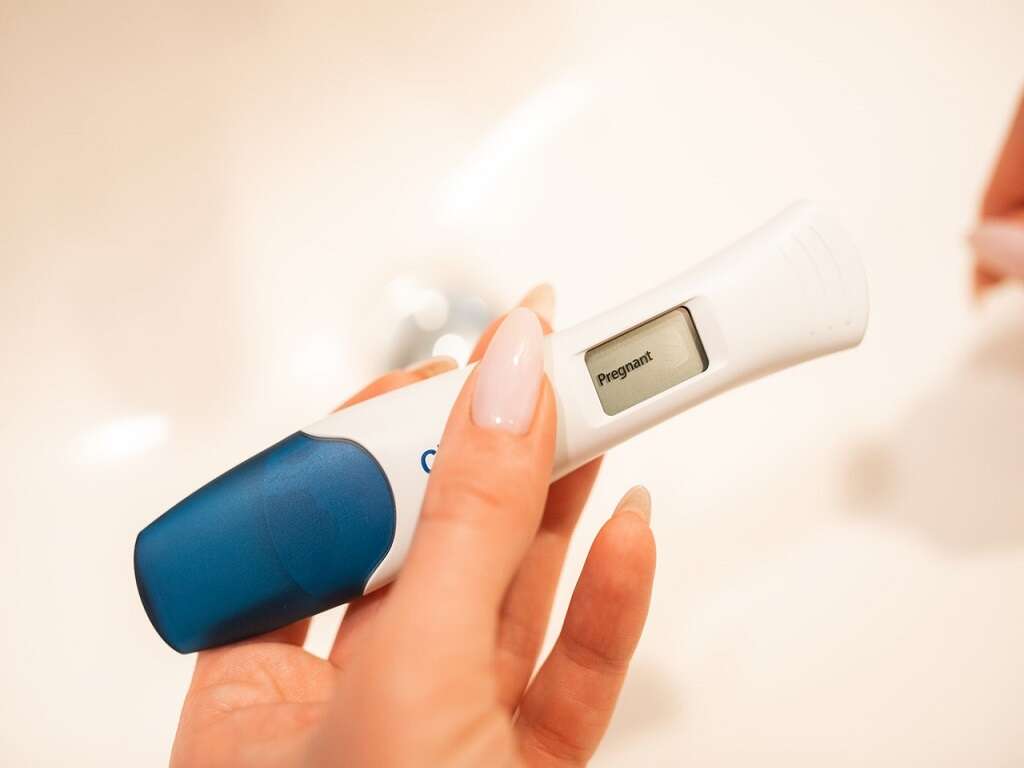What Causes Preeclampsia?
Having a baby on the way is a very special time for everybody. Just about everybody will be so excited about welcoming a new member of the family and it is also a time when the mother to be should be taken good care of. It is important that the mother remains in good health so that the baby can also be healthy.
With the help of modern medicine, the vast majority of pregnancies will go without a problem. Things can still go wrong, however, and some complications can occur that can be serious. Preeclampsia is an example of such a complication, and it is something that should be taken very seriously indeed.
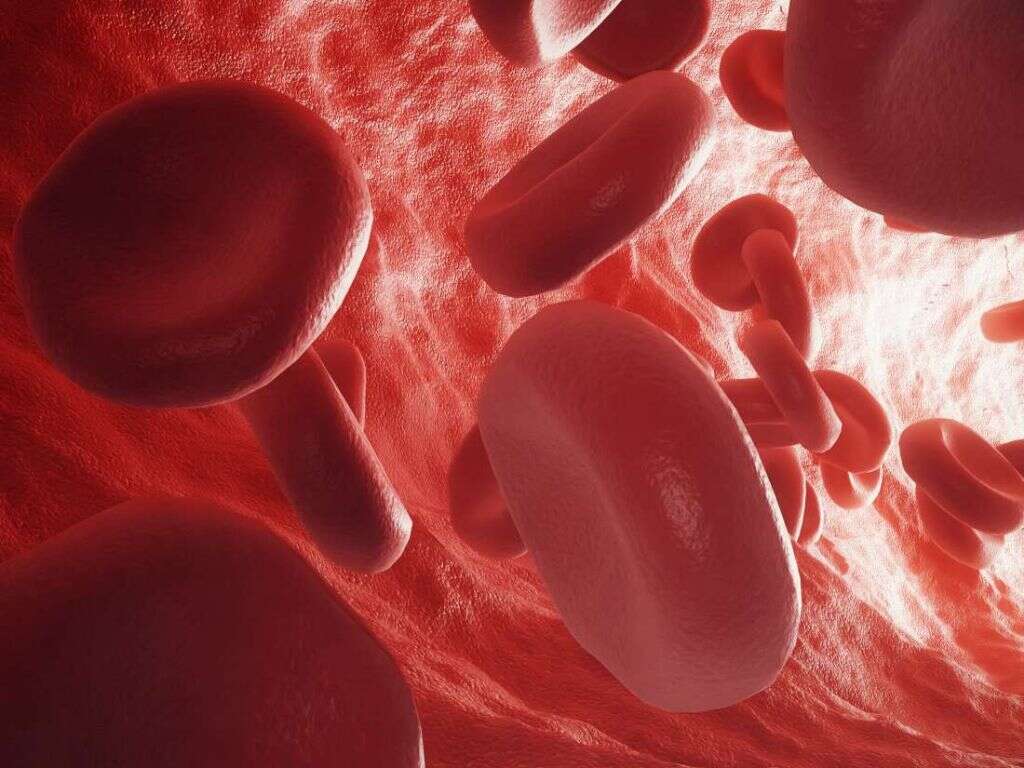
1. Preeclampsia
Preeclampsia is a condition that tends to occur after around 20 weeks in pregnancies. The condition is typified by high blood pressure that will cause damage in some cases. It occurs even in women whose blood pressure has otherwise been normal up until the preeclampsia begins.
Preeclampsia is potentially a very serious condition and can threaten the life of both the mother and the child. The most effective way to overcome preeclampsia is to deliver the baby. However, this is not always possible as the baby may not have yet developed enough. Preeclampsia can also happen after delivery, but this is rare.
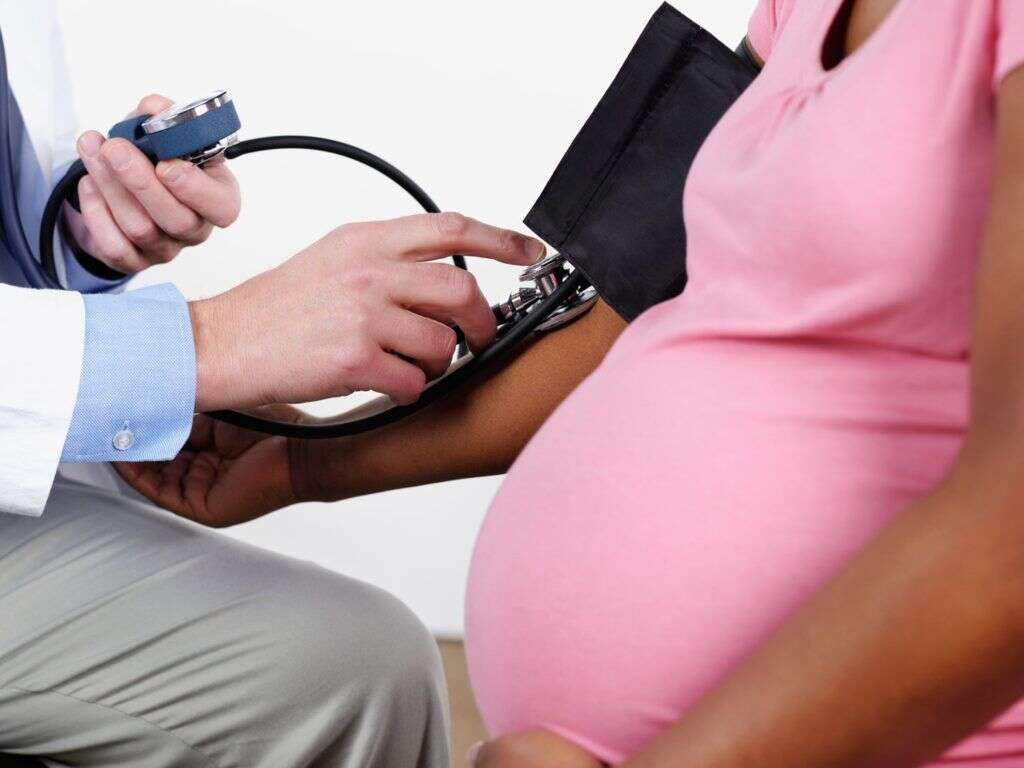
2. Causes
The placenta is an organ that helps to connect mother and baby as the baby develops in the womb. It helps to provide nourishment to the baby, while also helping to protect it from pathogens and toxins. The placenta contains many blood vessels that help to ensure a plentiful flow of nutrients to the developing fetus.
In cases of preeclampsia, the blood vessels in the placenta have developed abnormally, and blood cannot flow through them as freely as usual. This is a real problem for the fetus because they are at a stage in their lives when they need to be developing as quickly as possible.
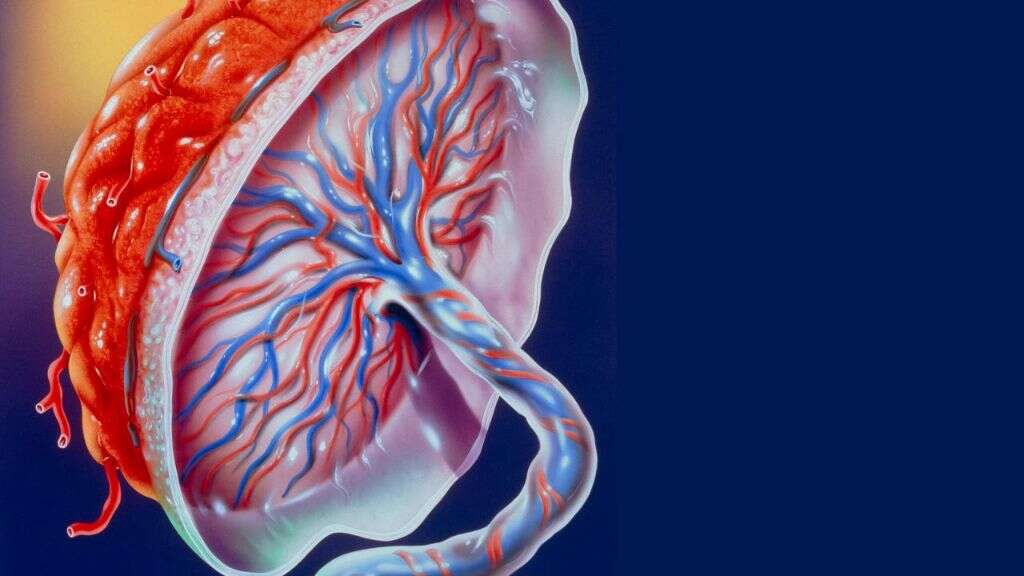
3. Insufficient Blood Flow
It is important for everybody that their blood is flowing freely throughout the body. If, for whatever reason, there is a blockage or other problem in the cardiovascular system, it can cause real problems elsewhere. These problems can mean things like blood clots, whereas it can also mean other problems like heart failure.
Some people will also have issues with their blood vessels that can restrict the flow of blood. The problems might have developed gradually as the patient went about their lives, while it may also have been caused suddenly by an injury. Either way, if not enough blood is flowing to the uterus, then it might result in Preeclampsia.

4. Immune System
If something was to go wrong with our immune system then it would not be long before we know all about it. Maintenance on our bodies might stop, and we will also become more susceptible to pathogens. We are dependent on our immune system for our well-being, but it can sometimes work against us.
Some people have conditions that are known as autoimmune conditions. These are diseases where the patient’s immune system actually starts to attack their body rather than protect it. Some studies have shown the preeclampsia might be a result of an autoimmune condition in at least some cases.
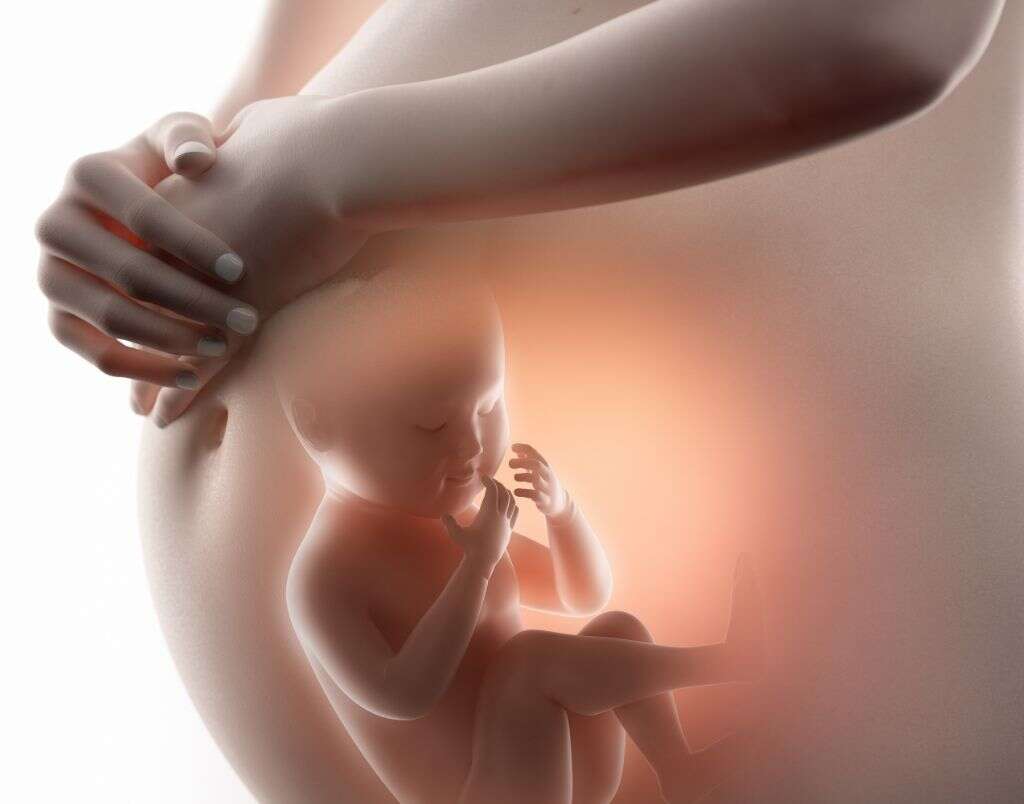
5. Genetics
No two people are completely identical. We all have at least minor variations in the exact structure of our bodies, and these variations might be the cause of certain medical problems in some cases. For example, some people might be born with flaws in their circulatory system that can encourage preeclampsia.
People with a history of such flaws in the family are more likely to develop preeclampsia, as are people of certain races, which suggests that genetics are an issue. In other cases, it might simply be down to genetic mutations on an individual level that make somebody prone to preeclampsia.

6. Blood Vessel Damage
Our blood vessels are made of a material that is strong yet flexible, and they need to be strong enough to be able to withstand the pressure of the blood flowing through them. Some are stronger than others, though, and the smaller blood vessels are particularly prone to becoming damaged.
If you have received an impact injury to the wrong place then it might mean that your blood does not flow as well as it should. Blood vessels might also become damaged due to other reasons, such as blood being forced through them at a high pressure. Regardless, it is thought that damaged blood vessels are a potential cause of preeclampsia.
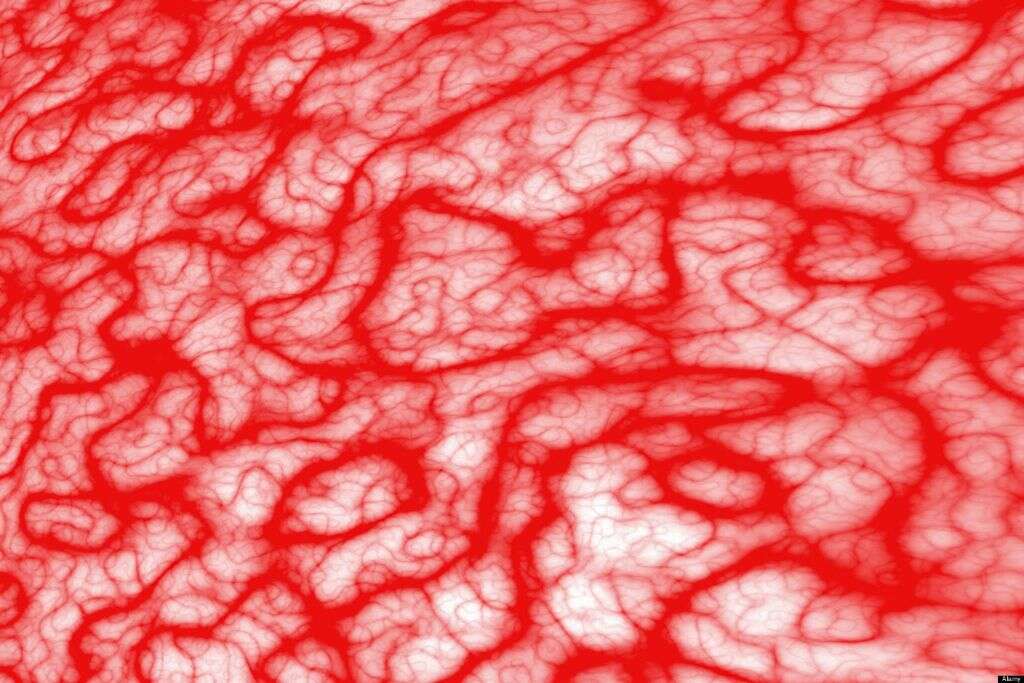
7. High Blood Pressure
A high blood pressure is a common problem worldwide. There are numerous potential causes for it and, in the majority of cases, it is down to the patient’s own lifestyle choices. It is often a treatable condition, and treatment will often involve the patient taking better care of their body overall
Some medical conditions can also be responsible for causing a high blood pressure. The condition can also be serious; presenting a real threat to the patient’s life. A high blood pressure can be risky for pregnant women, and it will be a contributing factor to preeclampsia in some cases.

8. Who’s at Risk
Preeclampsia is a condition that is involved with pregnancies. It is not a common condition and is more likely to happen in women in their first pregnancy, and carrying more than one child also increases the risk. The risks are also high in women over 35, and in those that are unusually young.
Black women are also more likely to develop the condition than women of other races. Obese women are also in a higher risk category. Another risk factor is having a history of preeclampsia in the family, and people with chronic hypertension are also more likely to have problems. Having had some conditions like diabetes and kidney disease also puts people at a higher risk.

9. Diagnosis
A high blood pressure will often alert medical professionals to the possibility of preeclampsia. Further tests will need to be carried out in order to get a confirmed diagnosis, however. This can include blood tests that will help measure the platelet count, and to check for kidney misfunction. A urine test will also likely be performed.
A nonstress test may also be performed. This is a procedure that helps to see how well the baby’s heart is functioning. A fetal ultrasound may also be used. This procedure will help to check closely on the baby’s development and to see how much amniotic fluid there is in the uterus.

10. Treatment
Where possible, the baby will be delivered to help treat preeclampsia. This is not always possible, however, depending on how far along the pregnancy is. Where delivery is not possible, medication may be used to help manage the patient’s condition. The patient will also need more regular check-ups than usual.
Medication to help keep the patient’s blood pressure down is often used. Corticosteroids are also used in the more severe cases. This will help to give a boost to the mother’s liver functions, and can also help to make the developing baby’s lungs stronger. Depending on the severity of the condition, the patient may be hospitalized so doctors can monitor them as closely as possible.





